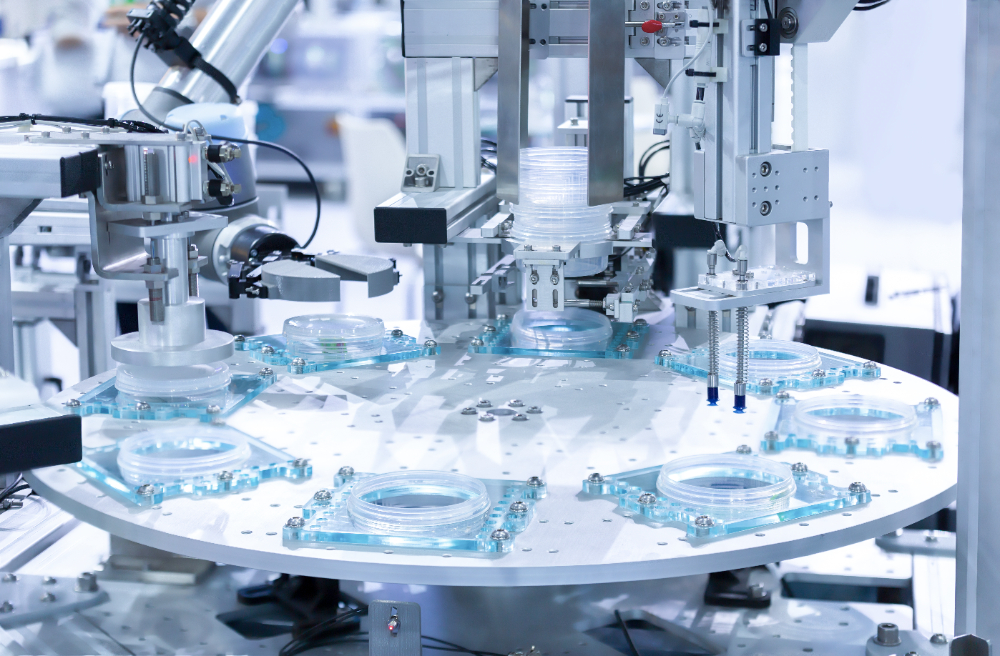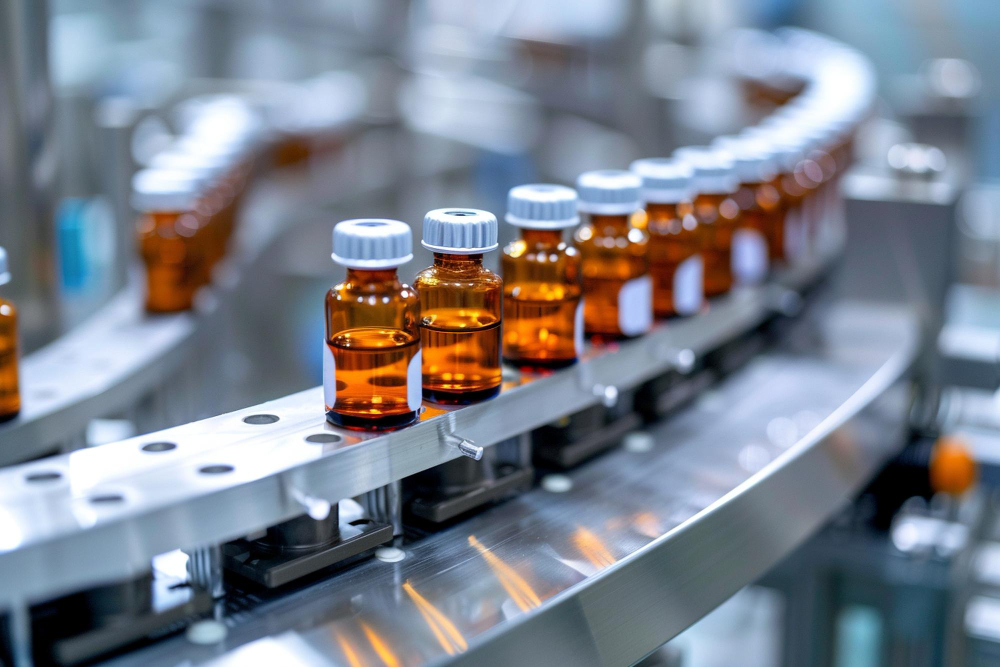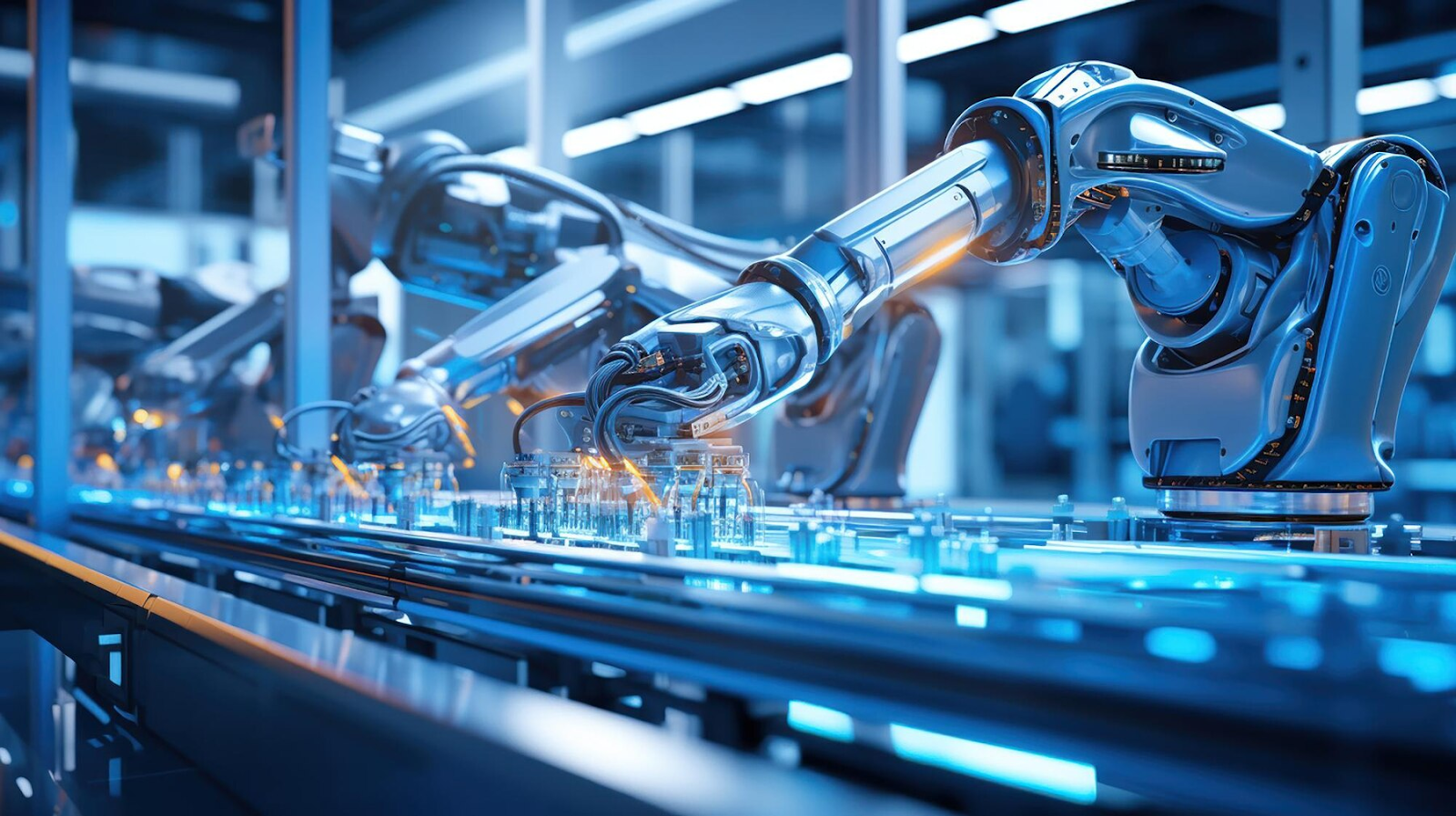In the world of tablet manufacturing, choosing the right equipment is critical to ensuring efficiency, quality, and scalability. The two most common types of tablet press machines are the single-punch and rotary tablet presses.
In this article, we’ll break down the key differences between single-punch and rotary tablet presses, helping you determine which is the best fit for your production needs.
| Feature | Single-Punch Tablet Press | Rotary Tablet Press |
| Production Capacity | One tablet at a time | Hundreds to thousands per minute |
| Speed | Slower | Much faster |
| Cost | More affordable | Higher cost |
| Maintenance | Easier to maintain | Requires more maintenance |
| Customization | Limited designs | Flexible for various shapes |

Select Your Single-Punch and Rotary Table Press At Canaan!
A single-punch tablet press, also known as an eccentric press, is a simple and compact machine designed for small-scale tablet production. It uses a single pair of punches to compress a tablet, producing one tablet at a time. This type of press is ideal for smaller batches or research and development (R&D) purposes, where production speed is not the primary concern.

Key features of a single-punch tablet press
A rotary tablet press machine is designed for large-scale, high-volume production. It features multiple sets of punches and dies arranged on a rotating turret, which allows it to compress multiple tablets simultaneously during each rotation.

Rotary presses are more advanced, efficient, and are typically used in large pharmaceutical, nutraceutical, or food production facilities where speed and consistency are crucial.

Key features of a rotary tablet press:
The most obvious difference is the production capacity. Single-punch presses are limited to producing one tablet at a time, making them suitable for smaller-scale operations. In contrast, rotary tablet presses can produce hundreds to thousands of tablets per minute, making them the go-to option for large-scale production.
For example, small herbal supplement company might use a single-punch press to create small batches of custom formulations, while a major pharmaceutical company would rely on a rotary press to mass-produce millions of pain-relief tablets.
Rotary tablet presses are significantly faster than single-punch machines. The multi-station design allows for continuous tablet production, dramatically reducing manufacturing time. This makes rotary presses ideal for meeting tight production deadlines or handling large orders.
Single-punch presses are generally more affordable than rotary presses due to their simpler design and lower production capabilities. For small businesses or startups, a single-punch press provides a cost-effective entry into tablet manufacturing. However, for companies needing high output, the investment in a rotary tablet press machine is often justified by its efficiency and scalability.
Single-punch presses are easier to operate and maintain, with fewer moving parts and simpler mechanisms. Rotary tablet presses, while more efficient, require more maintenance due to their complexity. Regular cleaning and servicing are crucial to ensure smooth operation, especially in industries where cleanliness and precision are vital, such as pharmaceuticals.
Rotary tablet presses offer greater flexibility when it comes to customization. With multiple stations, they can produce tablets of various sizes, shapes, and even multilayer tablets. Single-punch presses, on the other hand, are limited to simpler tablet designs.
Your choice between a single-punch and a rotary tablet press depends largely on your production needs. If you’re running a small-scale operation or require flexibility for R&D, a single-punch press is a cost-effective and efficient choice.
However, if you’re producing large quantities of tablets and need consistency, speed, and scalability, a rotary tablet press is the better option.
Looking to upgrade your tablet manufacturing process? Contact us today to explore the best tablet press machine options tailored to your production needs.
The main difference is the production capacity. Single-punch presses produce one tablet per cycle, while rotary presses can produce multiple tablets simultaneously, making them more efficient for large-scale production.
No, single-punch presses are designed for small batches and are not suitable for high-volume production. Rotary tablet presses are better suited for large-scale operations.
Yes, rotary presses are more complex and require more regular maintenance than single-punch presses. However, they are designed for efficiency and high-volume production, making the additional maintenance worthwhile in larger operations.




Manufacturing pharmaceutical products should always be taken seriously. That is, every process must follow the strictest and highest standards. This is the very reason why manufacturers prefer hiring an EPC contractor. Contractors working under EPC contracts will ensure the outcomes are of the best quality no matter what happens, focusing on the construction of the […]

Explore the importance of EPC contracts in pharmaceutical manufacturing. Learn how EPC works, its benefits, and why choosing an EPC contractor can guarantee project success with Canaan’s industry-leading equipment.

Discover how SCADA and PLC improve automation in the pharmaceutical industry. Learn their roles, benefits, and how Canaan’s advanced technology enhances efficiency and safety.